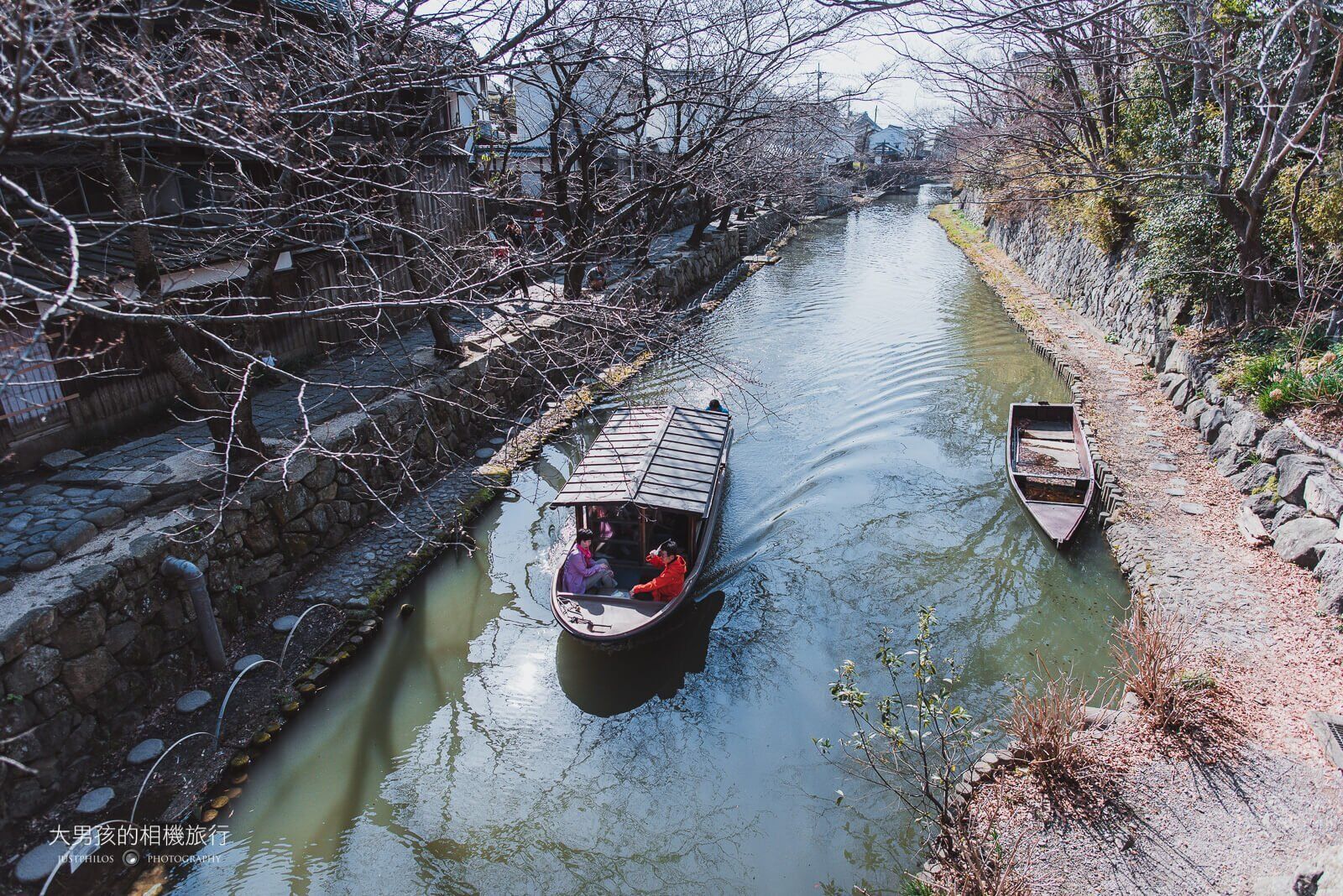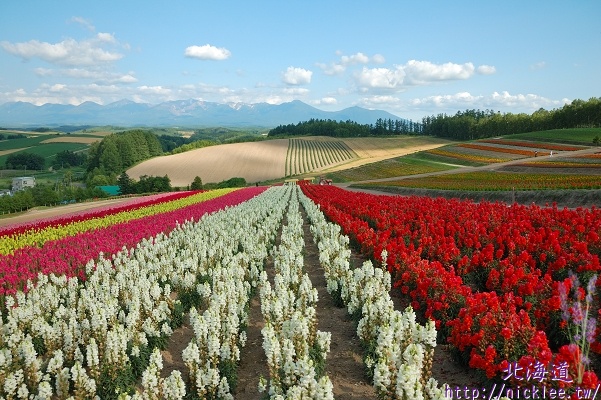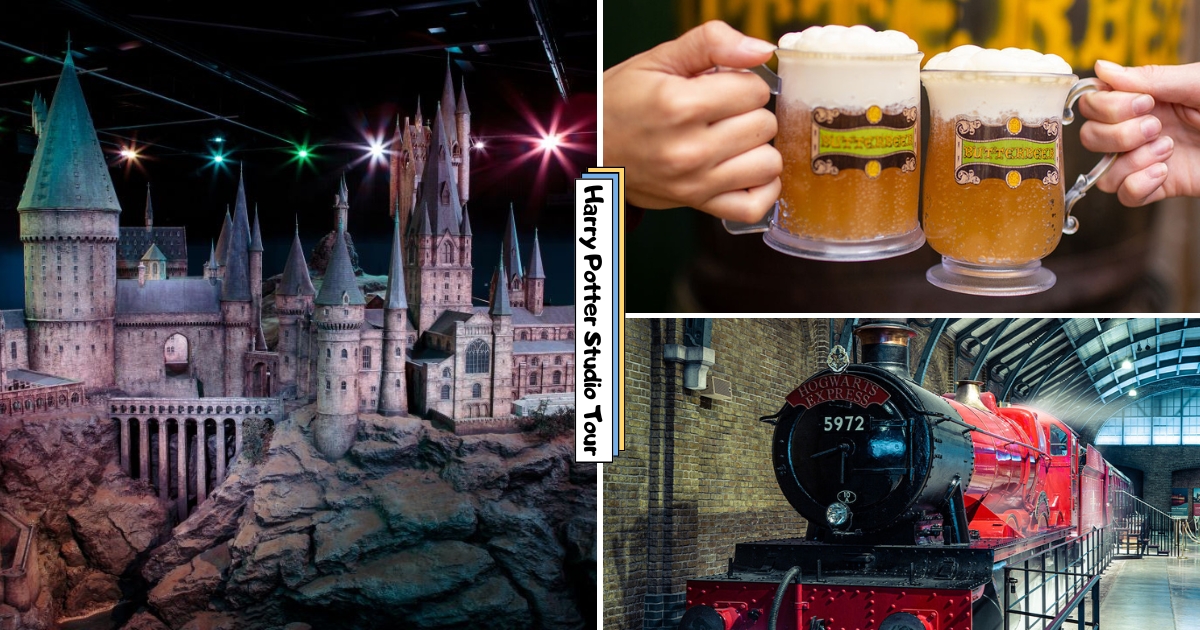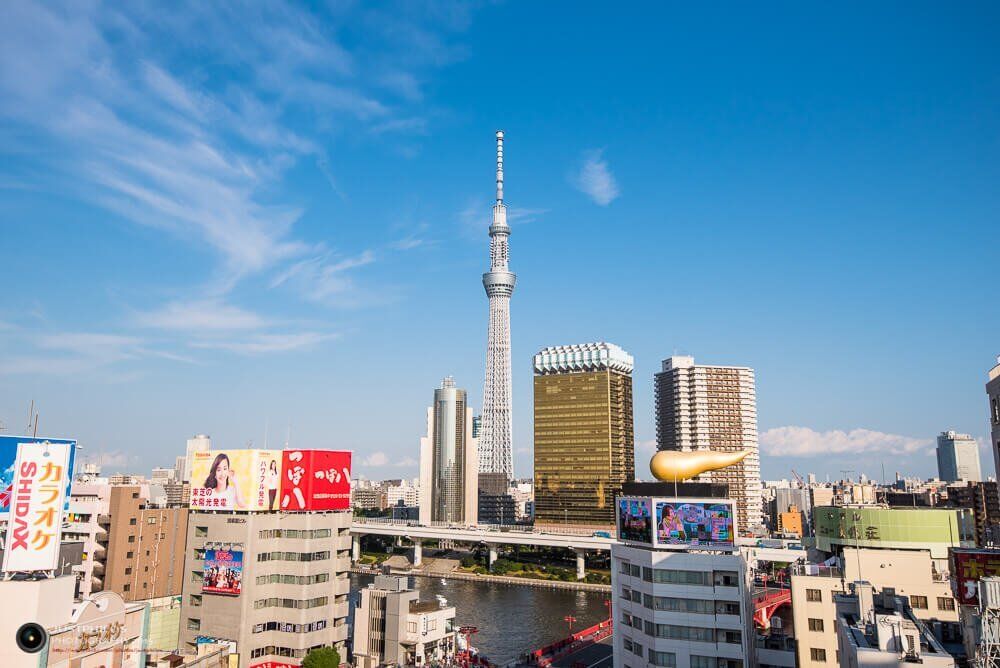Summary
Jinjiang Yawata is known as the “Venice of Japan” and is located in Yawata City, about a 40-minute drive east of Kyoto. Apart from the cherry blossom season, there are not many tourists in Yawata on weekdays, so you can leisurely spend half a day strolling along the canals of Yawata Hori or take a boat tour in Yawata Yawata, the birthplace of the local merchants, and also arrange a visit to the nearby Mimuro Yawata Shrine. In addition, because Yawata is very close to Hikone, it is suitable to arrange a day trip to Hikone Castle and Yawata Yawata.
Yawata is located in the central part of Shiga Prefecture, near the eastern side of Lake Biwa in Japan. Built in 1585, Yawata Castle Town is a “castle town” (a town that developed around the residence of a feudal lord), and the area around the Hachiman Gorge, with its buildings with black lacquered panel walls and lattice windows, has been designated as a “National Important Traditional Building Preservation Area”. In the mid-19th century, Yawata Town was divided into a samurai residential area to the north and a citizen residential area to the south. The current Shimmachi Street is the commercial district in the citizen residential area at that time. Because Yawata is lined with cherry trees along the canals, it becomes one of the choices for cherry blossom viewing in Kansai or Kyoto. Although this visit avoided the cherry blossom season, walking along the old streets and along the canals in good weather, with fewer tourists, we could spend a leisurely afternoon.
How to get to Yawata
Yawata is located between Kyoto and Hikone, so it is convenient to travel from Kyoto Station or arrange a day trip with Hikone.
- From Kyoto: Take the JR “Biwako Line” from “Kyoto” Station to “Yawata” Station.
- From Hikone: Take the JR “Biwako Line” from “Hikone” Station to “Yawata” Station.

Taking the JR to Yawata Station is the most direct and fastest way to get to Yawata.
After arriving in Yawata, it is very easy to get to Hachiman Gorge. You can choose to take a bus, walk, or ride a bicycle. If you choose to walk from Yawata Station to Hachiman Gorge, it takes about 40 minutes. If you want to save some energy, you can take the bus like me.

Yawata Station.
To take the bus to Hachiman Gorge, go to the bus stop in front of Yawata Station (on the left side of the photo above) and take the “Chomeiji Line” to the “Shimmachi” stop. The journey takes about 10 minutes.

Take the Chomeiji Line to the “Shimmachi” stop on Platform 6 to reach Hachiman Gorge.

There are not many tourists on the bus during normal times, and the people traveling with us are also Taiwanese.

Get off at the “Shimmachi” stop, and the entrance to Hachiman Gorge is nearby. You can take the bus back from the opposite side.
Hachiman Gorge Canal Tour and Boat Experience
After Toyotomi Hideyoshi’s adopted son (nephew) Toyotomi Hidetsugu was awarded a territory of 430,000 koku in Omi Province following the conquest of Shikoku, he built Hachiman Castle on Mount Hachiman. The Hachiman Hori canal, which remains today, is part of the Hachiman Castle Town and was an important canal for the Omi merchants to enter and exit Lake Biwa.

Entrance to Hachiman Gorge.

The streets of Hachiman Gorge are filled with historic Japanese-style buildings.
Because of the developed water transportation in Hachiman Hori, many tourists come here to experience the “Hachiman Hori Canal Boat Tour”. The cost is about ï¿¥1000 per ride, and you can take a ride on a yakata boat and experience the characteristics of Hachiman Hori. However, since this visit was not during the cherry blossom season, I chose to explore Hachiman Gorge on foot from a different perspective.

Taking a ride on a yakata boat is a common way to tour Hachiman Gorge.

You can also get a high-angle view of Hachiman Gorge from the wooden bridge, which is beautiful even without cherry blossoms.
 Another photo taken from a low angle capturing the yakata boats on Hachiman Hori Canal. The scenery is truly beautiful.
Another photo taken from a low angle capturing the yakata boats on Hachiman Hori Canal. The scenery is truly beautiful.
The Japanese-style houses on both sides are the commercial and residential areas, and there are some nice shops to visit.
Mimuro Yawata Shrine
After crossing the Shirakumo Bridge with stone lanterns, you will reach “Mimuro Yawata Shrine,” which is the center of worship for local residents and past Omi merchants. Mimuro Yawata Shrine was built in 131 AD and enshrines Honotawake no Mikoto (the Emperor Ojin), Okinagatarashi Hime no Mikoto (Empress Jingu), and Himekami (Tatara Hime no Mikoto, Tatsutsu Hime no Mikoto, Ichikishima Hime no Mikoto). The Hachiman Festival (Hachiman Matsuri) is held here on April 14th and 15th every year. In addition, there is a large ancient forest near Mimuro Yawata Shrine, covering an area of about 44,000 square meters, which is very magnificent.

Mimuro Yawata Shrine is the center of worship for local residents.

Main hall of Mimuro Yawata Shrine.

A small shrine next to it.
Many pairs of golden pigeon statues can be seen in many places in Mimuro Yawata Shrine. It is said that pigeons are the messengers of Hachiman, symbolizing victory and the fulfillment of wishes. Therefore, when Japanese couples celebrate their golden wedding anniversary, they will erect golden pigeon statues in the shrine as a commemoration.

Many pairs of golden pigeons can be seen in many places.

Torii gate of Mimuro Yawata Shrine.
This time, I arranged a half-day trip to Yawata, leisurely strolling in the “Venice of Japan”. Even if it’s not cherry blossom season, it’s still very photogenic, and you can easily take hundreds of photos. If you have visited Kyoto multiple times and want to try the outskirts of Kyoto, you can also arrange a visit to Yawata.





